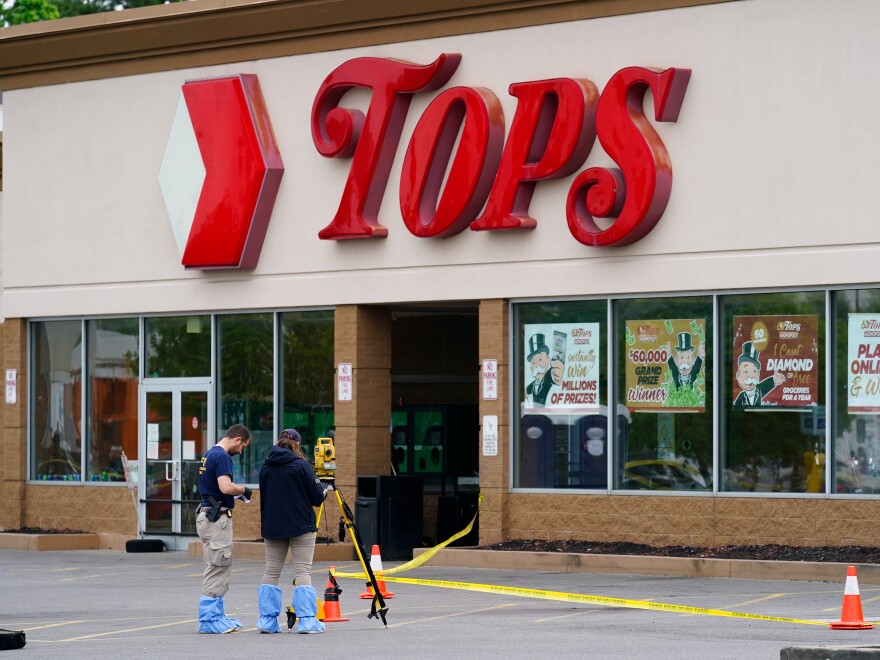What to do about the food desert on Buffalo's East Side involves more than just what to do about the Tops supermarket on Jefferson Avenue, where 10 people were murdered May 14.
It took decades for activists to get the market built. While Tops says it will re-open the store, some want a larger market built, larger than the current 29,000-square-foot facility.
In the intervening years, the retail food business has changed — a lot. That's from University at Buffalo Management School Marketing Professor Charles Lindsey. Lindsey studies food stores and the data-driven process of locating brick-and-mortar outlets.
He said changes range from much more fresh fruits and veggies to more prepared meals for people with never enough time to online food ordering.
Lindsey said retailers spend time and money to decide where to locate stores and that often means those concentrations of stores and restaurants in some local neighborhoods, although not on Jefferson.
"Retailers tend to locate — and grocery stores, as well — in clusters. So other retailers in the area that might actually draw in foot traffic, that would be another big factor," he said. "When I say foot traffic, drive-by traffic, commuter traffic, pedestrian traffic."
He said there is an increasing spread of sizes, from large supermarkets in the suburbs to smaller markets in other neighborhoods. At the same time, he's careful to point out some of those East Side corner stores offer quantities of those fresh fruits and vegetables that many of their competitors don't, and that makes up for some of the effect of the Tops closing.
"Small-format store, like a Aldi's or a Trader Joe's, would be anywhere from 12K to let's say 22-25,000 square feet," Lindsay said. "Average right now in the U.S. about 40K, in terms of square footage."


